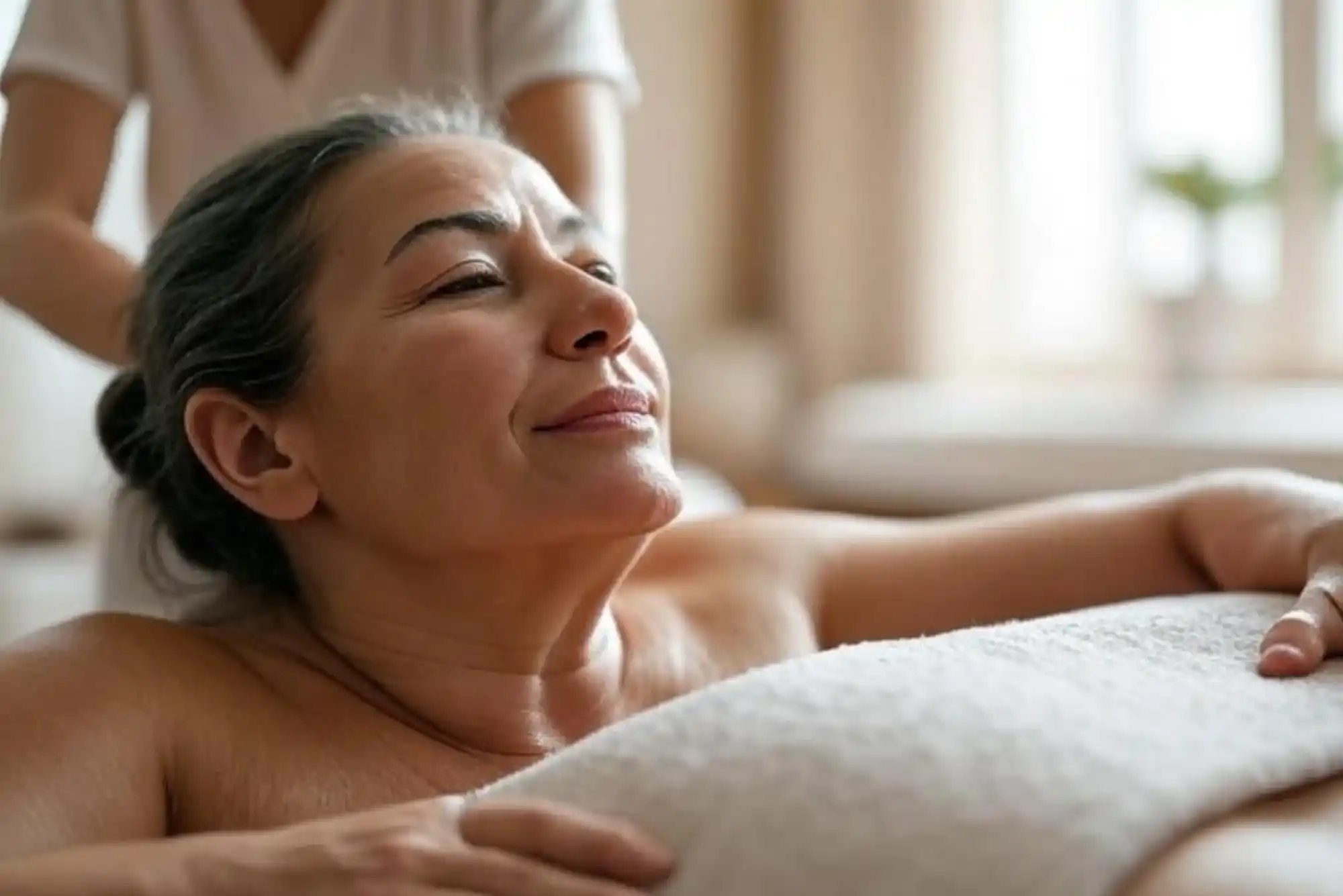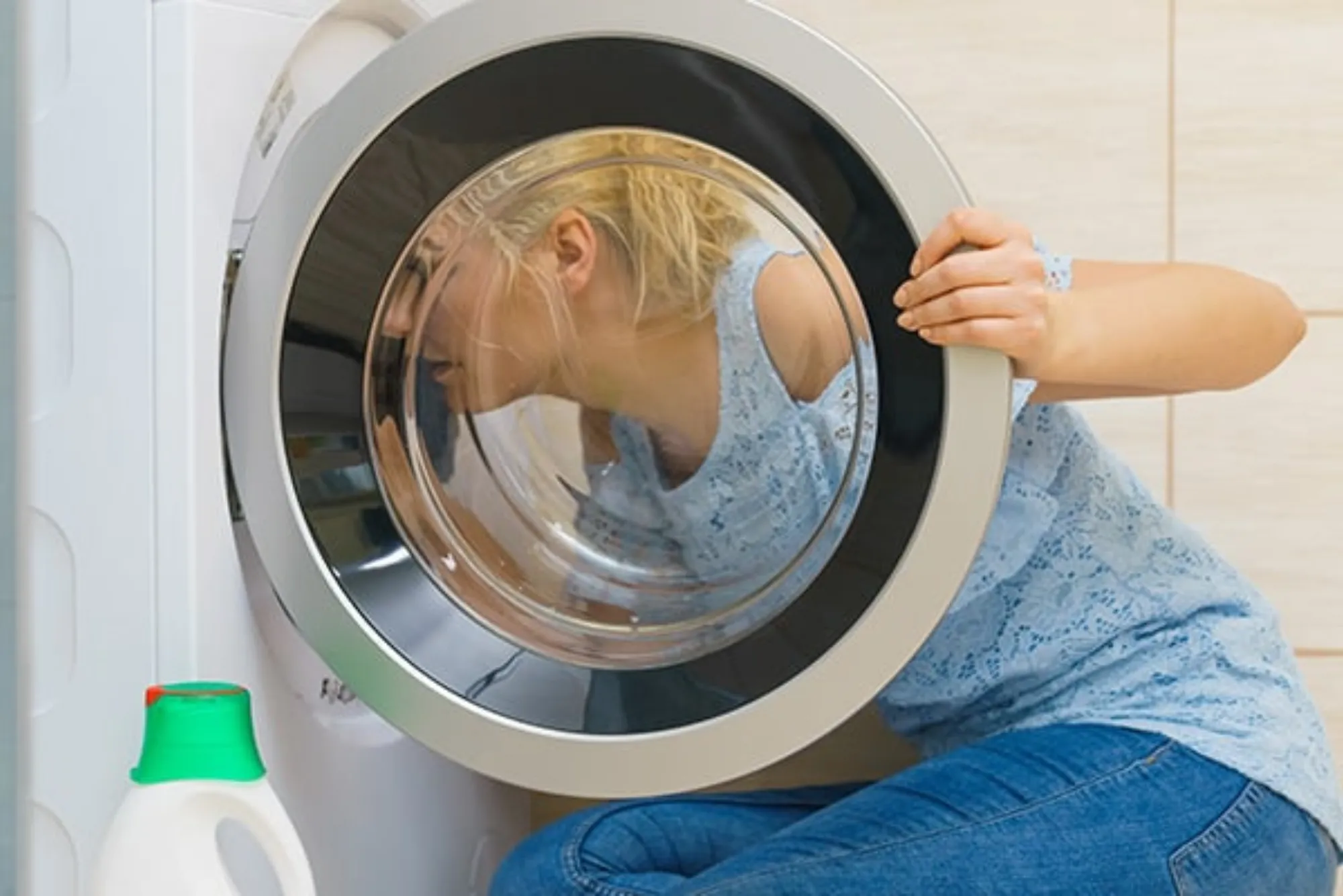In recent years, home massage services have grown tremendously in popularity. With just a few taps on a mobile app or a quick phone call, a massage therapist can be at your doorstep in no time. The appeal is obvious — no driving, no waiting, and the comfort of your own space. For many, it sounds like a luxury experience turned routine self-care.
But as with anything that becomes trendy and convenient, there’s another side to the story — one that isn’t discussed as openly. While there are many benefits to home massage, there are also several risks involved that you should consider before inviting a stranger into your home with the expectation of a professional service.
I’ve personally used at-home massage services for over three years now, and I’ve had both incredible and regrettable experiences. This article will explore the real, often overlooked risks of getting a massage at home, backed by personal insights, expert advice, and examples that might just make you rethink how you approach your next session.
Privacy and Personal Safety Concerns
The first and most pressing risk is your personal safety. When you book a home massage, you’re inviting someone into your private space. Unlike going to a licensed spa where there’s oversight, security cameras, and administrative staff, you’re essentially alone with a stranger.
Even if the therapist is part of a registered platform or company, you’re still taking a leap of faith. There have been incidents where individuals posed as massage therapists to gain access to people’s homes. This risk is heightened when using lesser-known service providers or when hiring through informal networks like social media or classified ads.
As someone who once booked a therapist through a Facebook group, I learned the hard way that vetting someone online isn’t always foolproof. The session ended awkwardly, and I later discovered the person had no certification.
Women, in particular, may feel especially vulnerable, which is why it’s crucial to ensure that the company does background checks and that the therapist is not only certified but also verified for conduct and experience.
Lack of Proper Sanitation
One of the less obvious risks of home massage is the issue of hygiene. In a professional spa or clinic, cleanliness is strictly regulated. Tables are disinfected, linens are changed between clients, and equipment is sanitized.
At home, you’re relying on the therapist to bring everything clean and prepared. But not all therapists uphold these standards. I’ve had experiences where massage tables were visibly worn out, sheets smelled musty, or oils seemed reused.
Poor hygiene can lead to skin irritations, allergic reactions, or even bacterial infections. If the therapist does not maintain proper sanitation, you could be putting your health at risk.
Even worse, many clients don’t think to disinfect their own space afterward, especially when oils are left on furniture or towels are washed with regular laundry.
If you do opt for home services, make sure to provide a clean, clutter-free space and request disposable sheets or fresh linens. And always ask what sanitation practices the therapist follows.
Risk of Injury Due to Lack of Oversight
One thing that often gets overlooked is how injury can occur when a massage therapist doesn’t work under the structure of a clinic. In a spa or wellness center, therapists typically operate under supervision or with peer support. If something goes wrong, there’s a system in place for escalation.
In a home setting, you’re on your own. If the therapist applies too much pressure or uses the wrong technique, there’s no one to step in or assist. I once suffered from severe muscle soreness for days after a deep tissue session that was too aggressive. When I reached out to the company, their response was vague and unhelpful.
Even more alarming, there are reports of nerve damage or exacerbation of existing conditions when therapists fail to ask about injuries, medical history, or preferences beforehand.
Without proper pre-session assessment, you’re essentially rolling the dice. Always communicate clearly about any injuries or sensitivities and don’t hesitate to speak up during the session if something doesn’t feel right.
Potential for Unqualified or Fake Therapists
One of the biggest issues in the growing home massage market is the presence of unqualified practitioners. While there are many talented and certified therapists working independently, there’s also a dark side to the lack of regulation in this industry.
Anyone can buy a massage table, print some business cards, and start advertising themselves as a therapist. Unless you’re checking for licenses and qualifications yourself, you might end up with someone who has no real training — and no idea what they’re doing to your body.
This is especially dangerous if you’re seeking relief for specific medical issues like sciatica, arthritis, or sports injuries. An amateur might apply pressure in the wrong places or skip critical protocols, which can worsen your condition.
Before booking, don’t just rely on the platform or a flashy Instagram profile. Ask for credentials, confirm experience, and read reviews. And trust your instincts — if something feels off, cancel.
Uncomfortable Home Dynamics
While the idea of getting a massage in your own home sounds like a dream, in practice it can be awkward and disruptive. Maybe your dog won’t stop barking. Maybe the doorbell rings mid-session. Maybe your kids come barging in asking about snacks.
I’ve had massages interrupted by construction noise, neighbors dropping by, and even a power outage. These things are beyond the therapist’s control, and they disrupt the relaxation and therapeutic benefit of the session.
Unlike a spa where the environment is designed for peace and calm, a home environment can be unpredictable. If you’re not prepared to create a quiet, distraction-free space, your massage might end up being more stressful than soothing.
Miscommunication and Lack of Professional Boundaries
Professional massage therapists are trained to establish boundaries, conduct consultations, and adjust based on client feedback. But in a home setting, the formality sometimes slips.
I’ve noticed that some home massage sessions can feel too casual — like you’re just hanging out with someone rather than receiving a structured wellness service. That might sound harmless, but it opens the door to miscommunication and blurred boundaries.
There’s also the risk that the therapist might push services you didn’t agree to — extended sessions, extra products, or even inappropriate conversation. You need to be clear about your expectations, duration, and pricing before the session starts.
Keep communication professional and don’t hesitate to end the session early if something feels off. Your comfort and peace of mind matter more than being polite.
The Emotional Vulnerability Factor
Massage is an intimate, often emotional experience. It’s not just about your muscles — it’s about letting go, relaxing, and allowing someone into your physical space.
This vulnerability is amplified in your home, where you already feel safe and personal. If the energy feels wrong or if the therapist behaves in a way that makes you uncomfortable, it can leave a lasting negative impression.
There’s a psychological layer to inviting someone into your space, especially for touch-based therapy. After one particularly uncomfortable session, I found myself avoiding massages altogether for several months. It took time to rebuild trust in the process.
If you’re someone who’s sensitive to energy or easily affected by mood and tone, be extra cautious about who you allow into your space. Your well-being includes your emotional safety, not just physical.
So, Should You Avoid Home Massage Entirely?
Not at all. Home massage can be an incredible experience when done right. It offers flexibility, comfort, and convenience that traditional spas can’t match. But like any service, it carries risks — and being informed is the first step toward a safer, better experience.
Always research your therapist or company, check credentials, read reviews, and communicate openly. Prepare your space properly and set boundaries before the session begins. Trust your gut if something feels off.
Massage is a beautiful way to care for yourself — but only when it’s done with respect, professionalism, and safety in mind.
If you’ve had both good and bad experiences with home massage, you’re not alone. The goal isn’t to scare anyone off but to encourage more intentional decisions when it comes to your self-care.
Take the extra steps to ensure your sessions are safe, sanitary, and genuinely beneficial. After all, your body — and your home — deserve that level of care.









